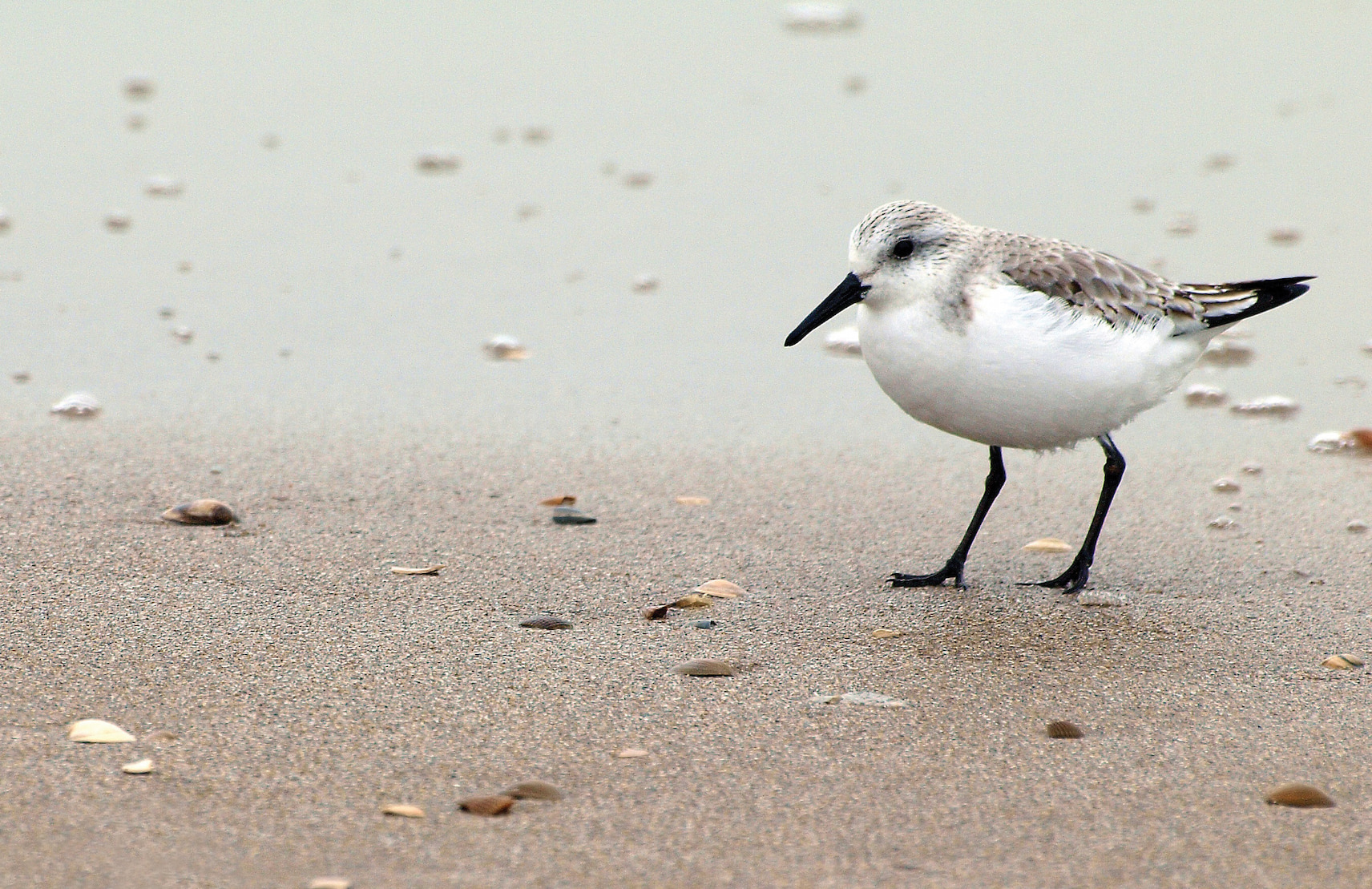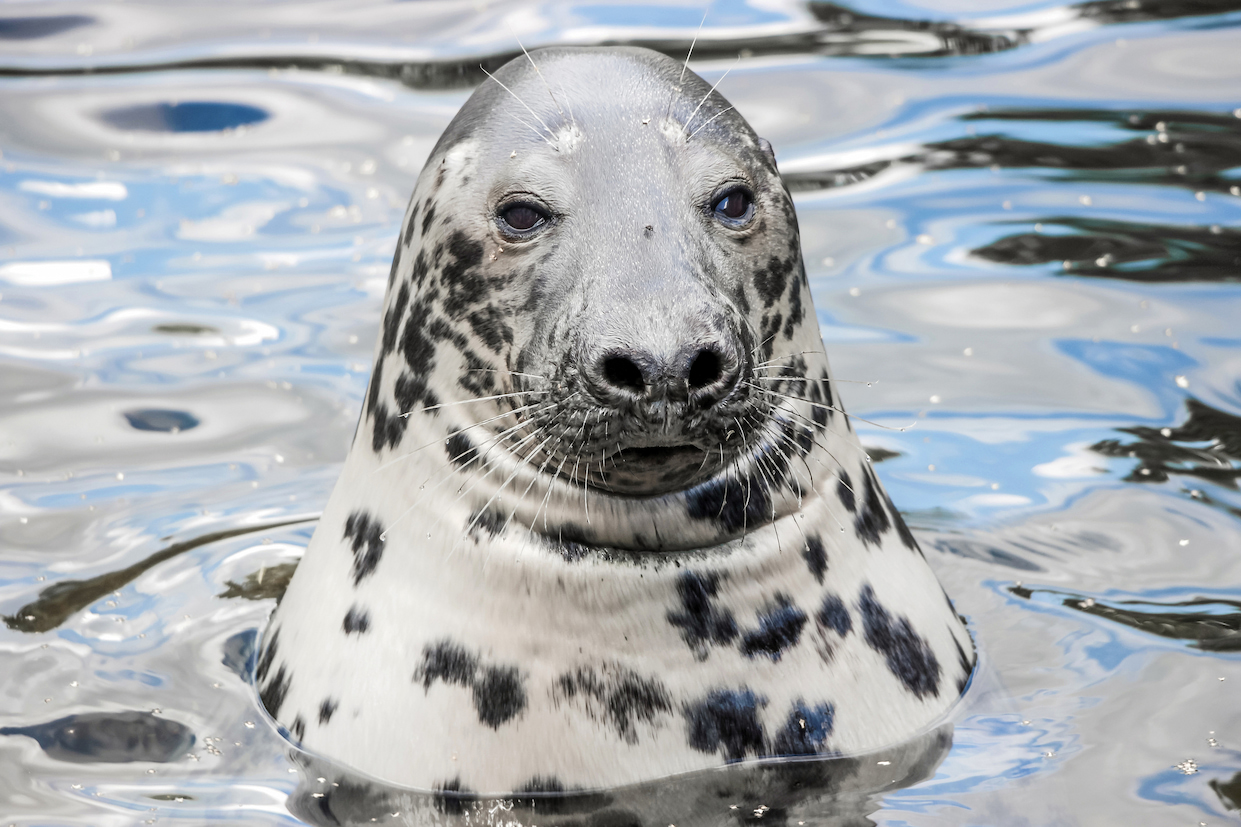

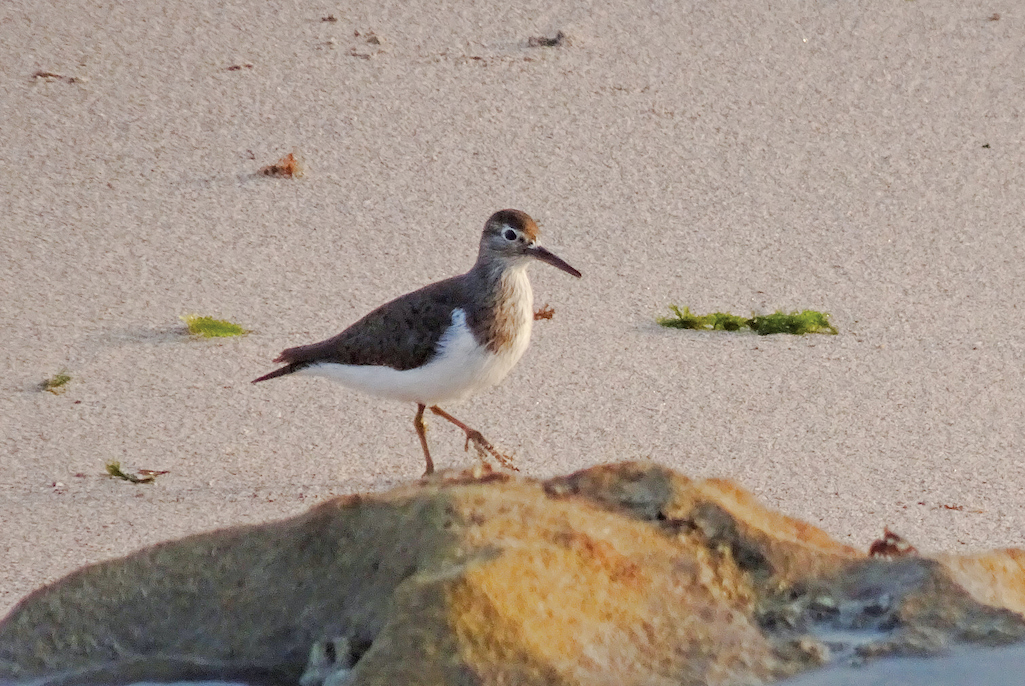
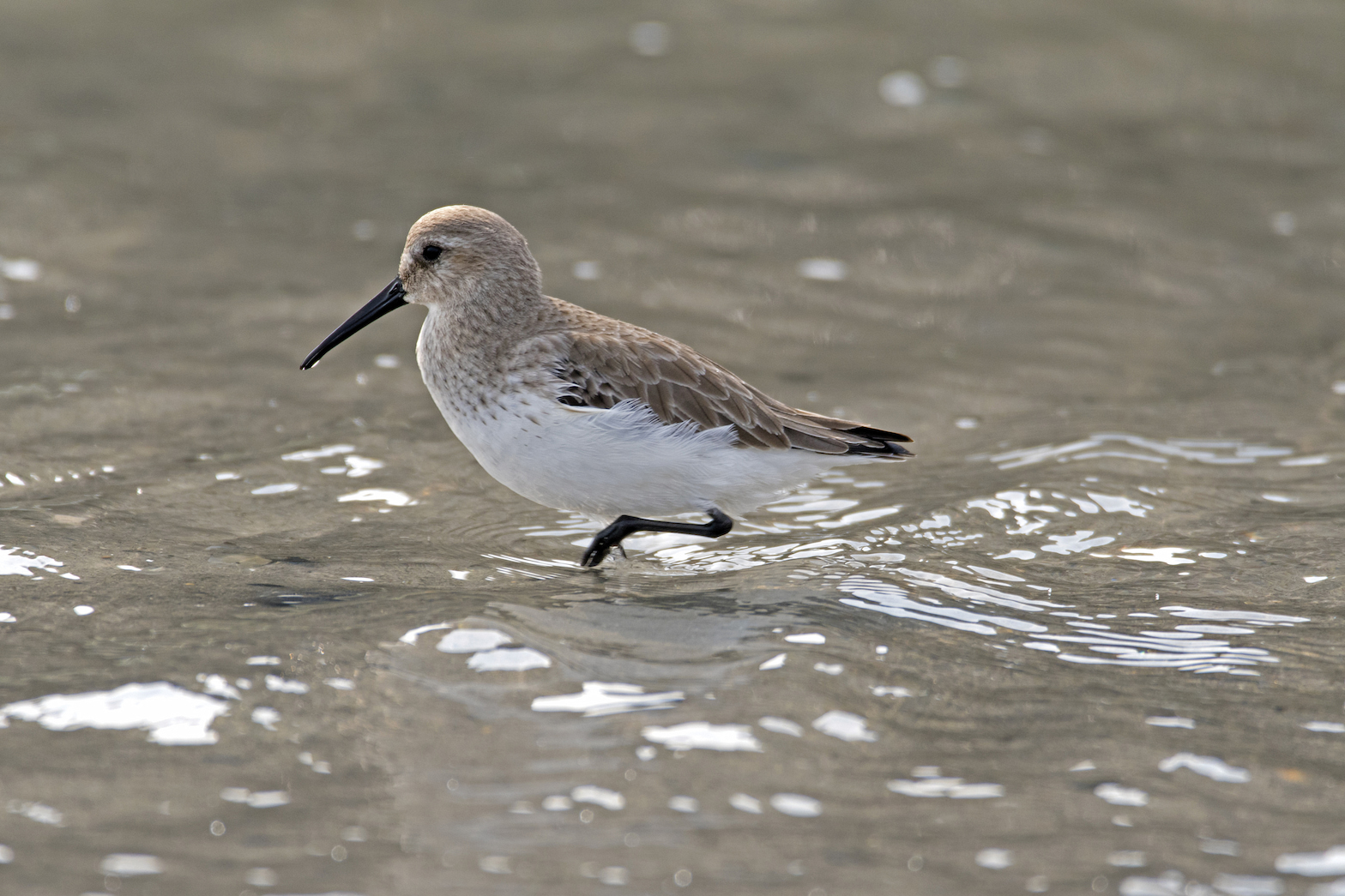
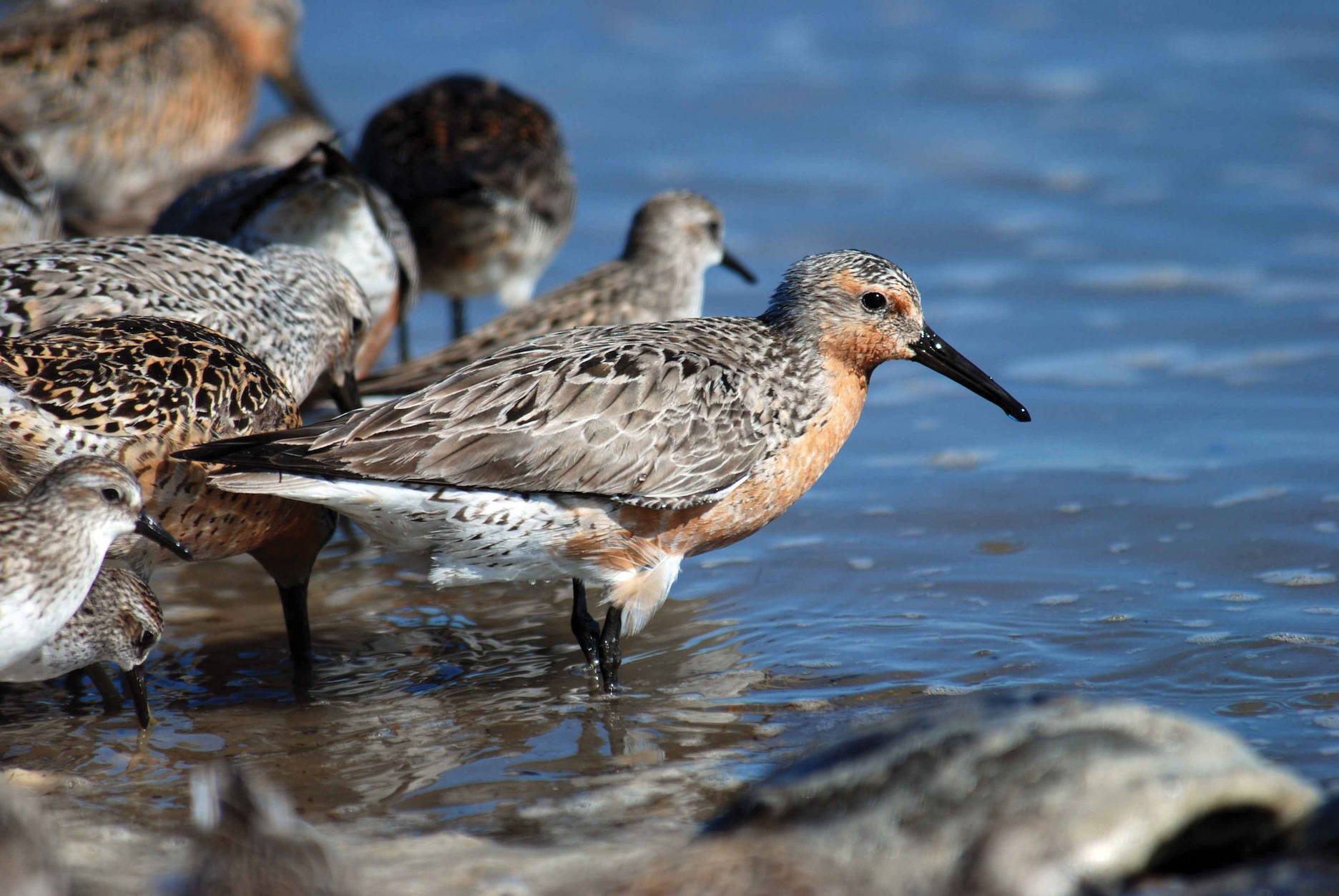
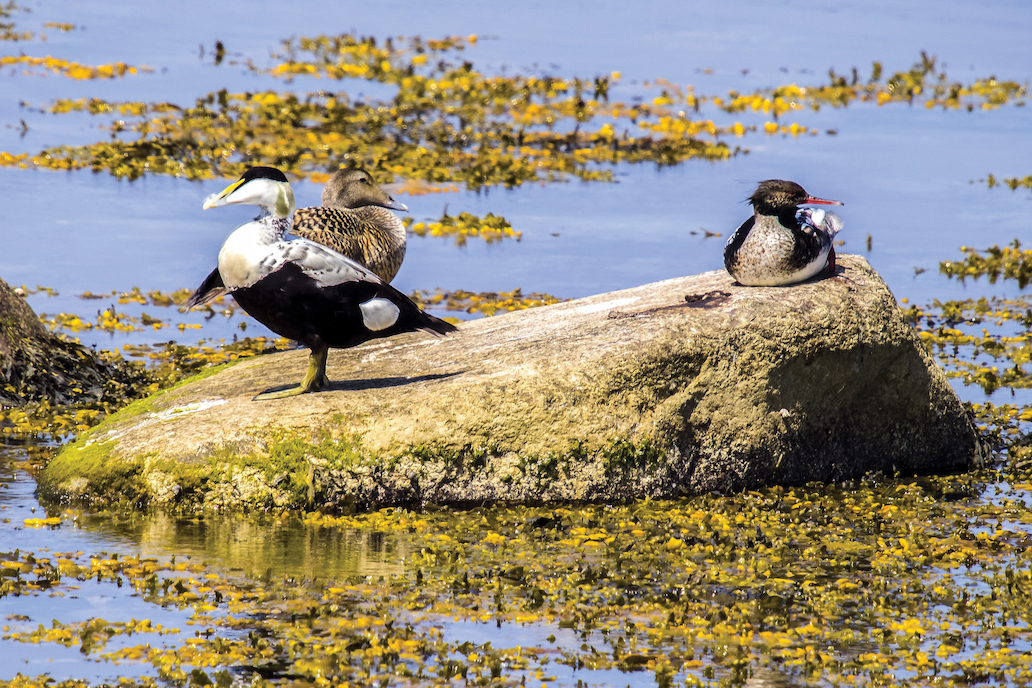
Eider duck are a year round sight together with a large flock of common scoter that normally stay further away from the coast, out towards the mouth of the Tay. One or two shelduck, red-breasted mergansers and mallard are resident and in winter long-tailed ducks can be seen and wigeon are common. Also out at sea during migration and in winter are redthroated divers with an occasional sighting of great northern and black-throated diver.
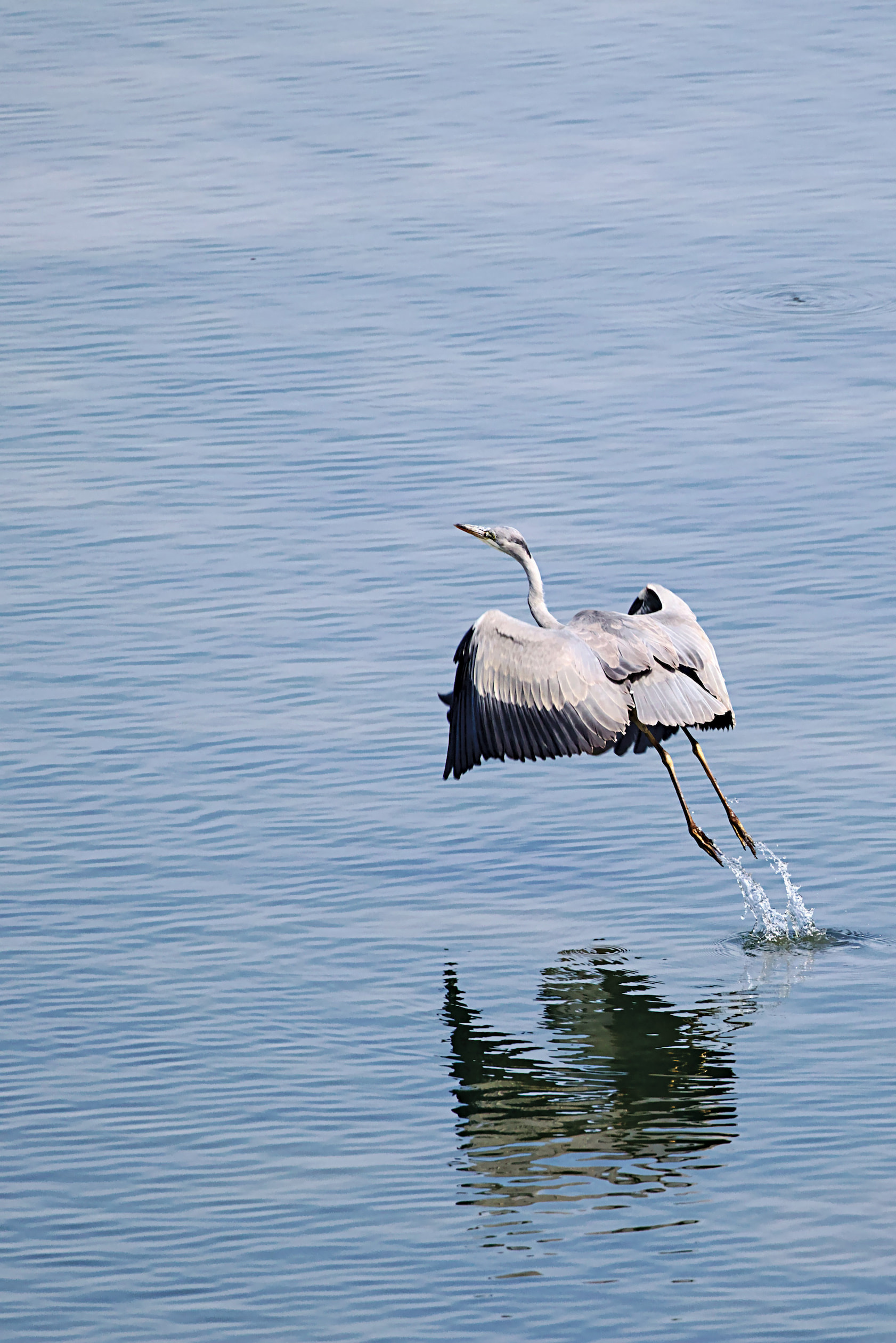
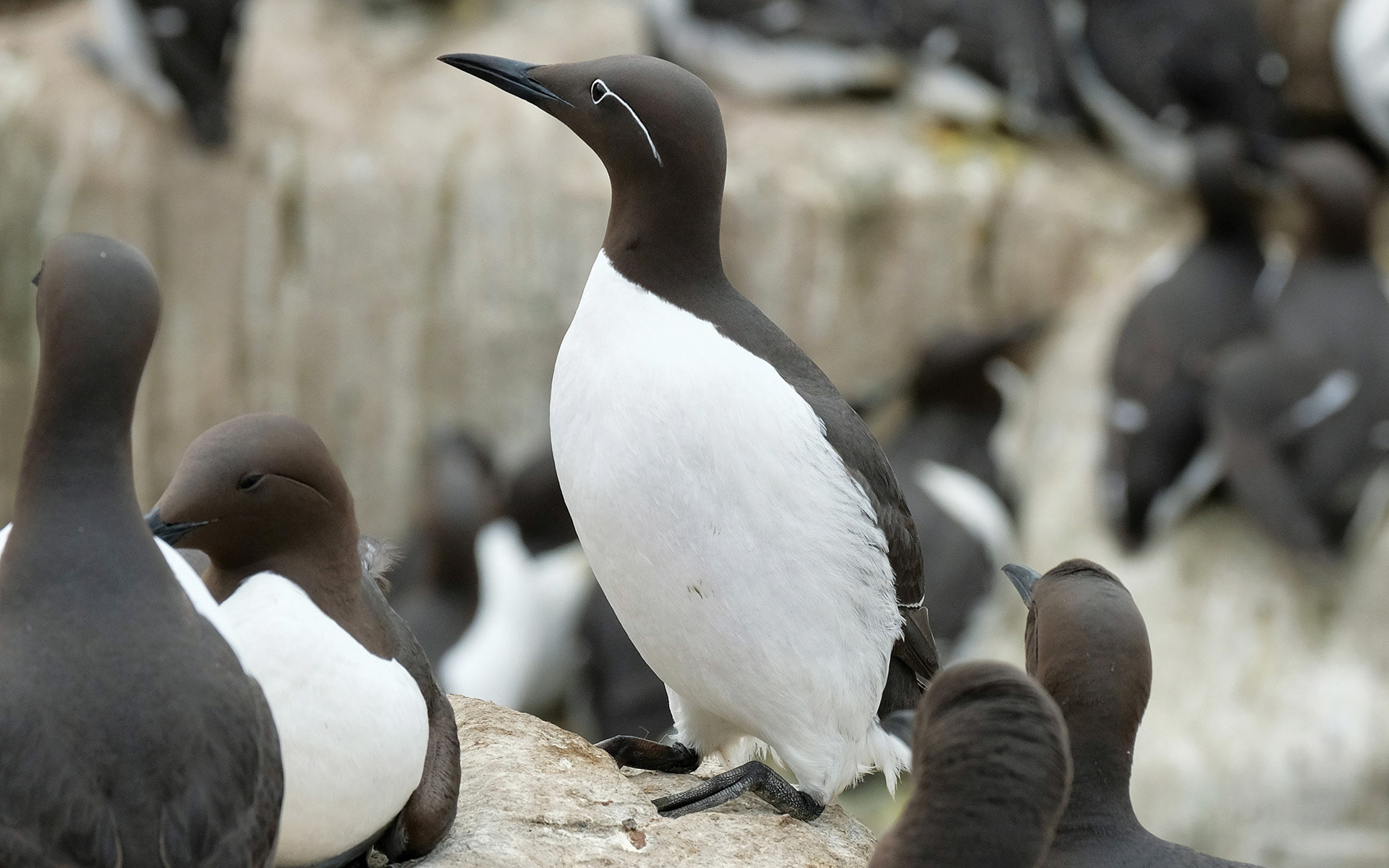
A scattering of guillemots and razorbills are seen during the same period. Rarer are the grebes with great crested being the most likely to put in an appearance but slavonian and red-necked grebes have been seen. Flocks of pinkfooted geese regularly fly over in winter and the occasional brent goose will feed along the shoreline. Grey Heron search the pools and waterline for food.
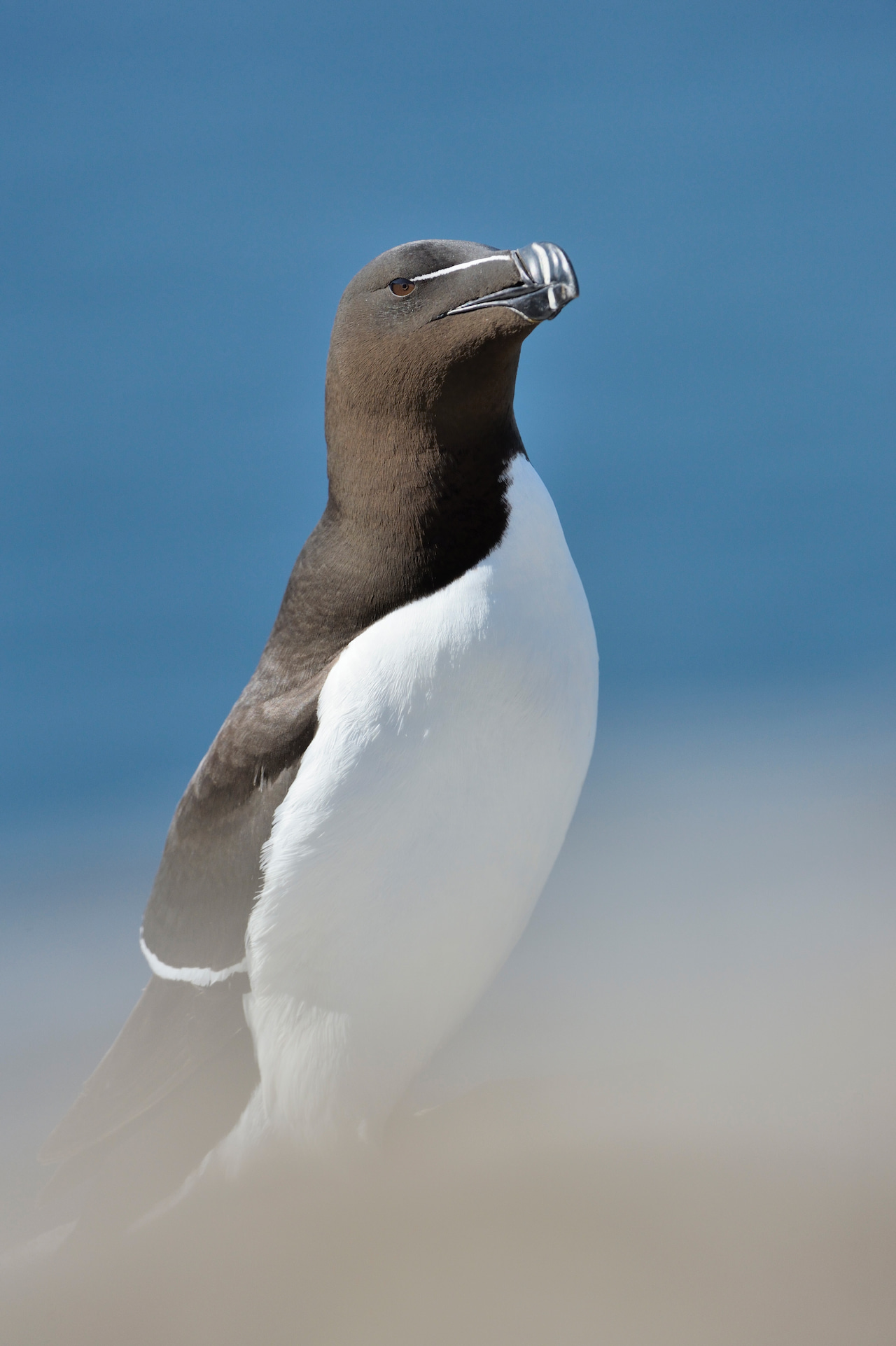
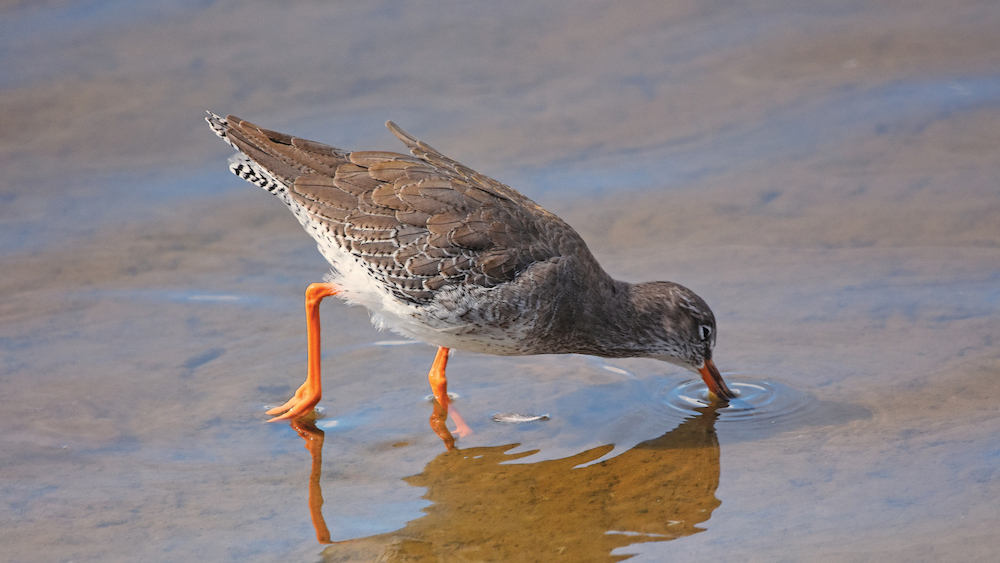
This coastline is probably best known for its waders especially from August to April with commoner species such as dunlin, redshank, curlew, bar-tailed godwits, knot, ringed plover, turnstone, oystercatcher, and sanderling in good numbers. Look out for purple sandpiper grubbing about in the seaweed or on the rocky islets created by an incoming tide. At migration time especially in autumn, scarcer waders such as curlew, sandpiper, little stint, greenshank, common sandpipers and whimbrel are all possible especially in the area north of West Haven.

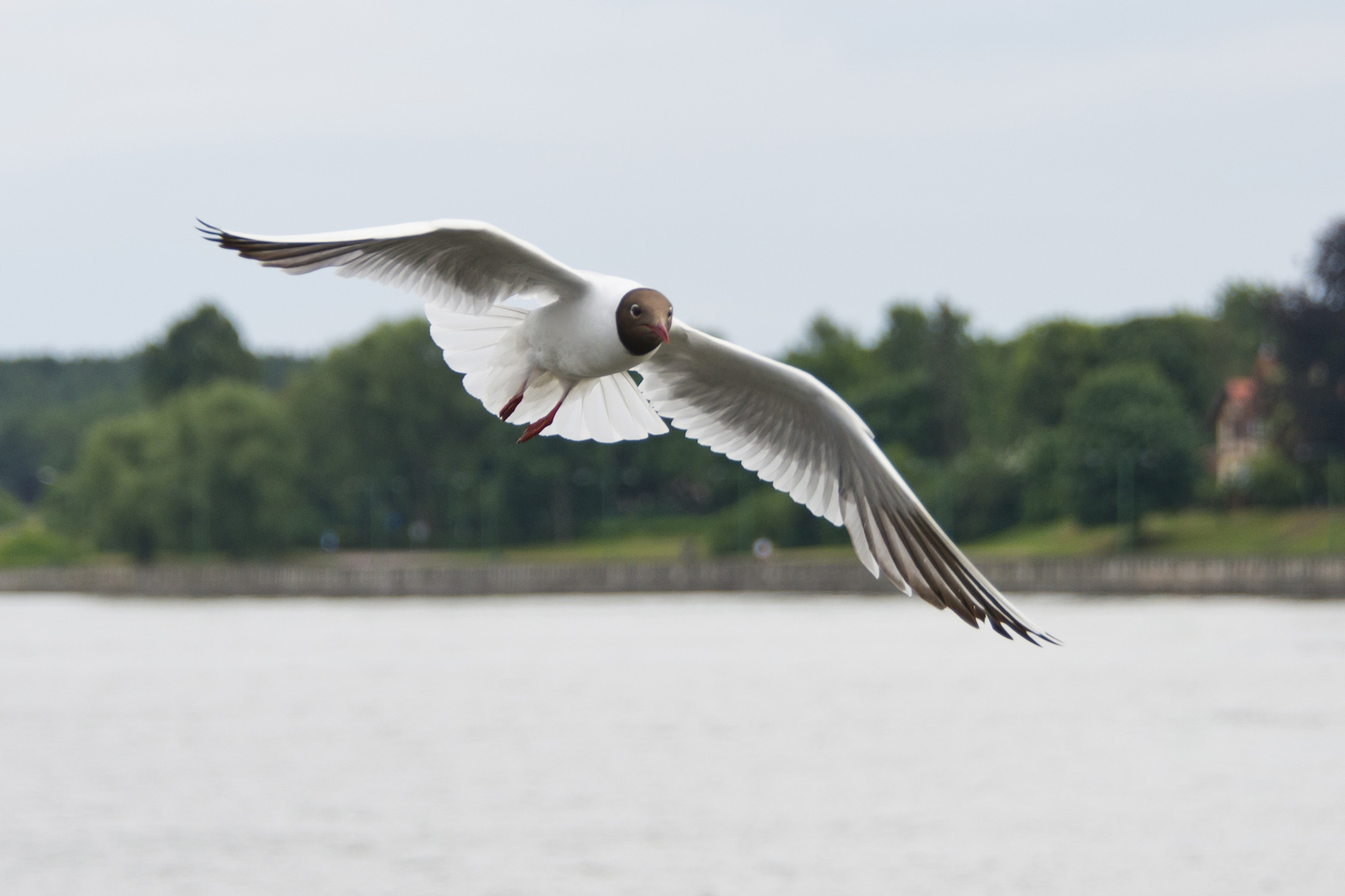
This area has one gull speciality, the little gull, with its beautiful black underwings. It has been reported in every month of the year but again the migration periods are the best times to see good numbers of this species especially at West Haven or on the sands at the south end of Carnoustie beach. While looking for gulls it is worth while checking out the gull roost at the mouth of Craigmill Den. In winter both Iceland and glaucous gulls have been seen here and the odd Mediterranean gull can sometimes be picked out in the flocks of black-headed gulls, as well as lesser black-backed gulls and gannets.
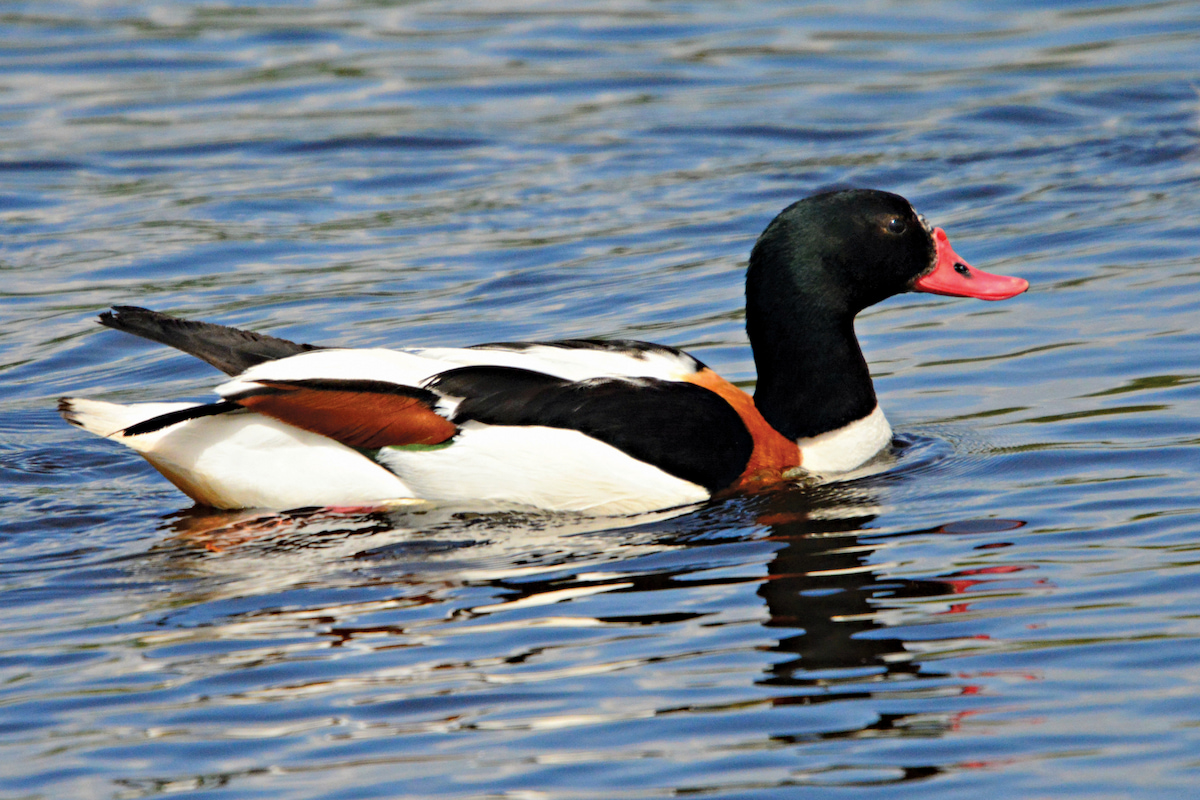
It may not seem like it when gulls are swooping down trying to steal your chips, but the number of many species of gulls has plummeted. In fact, herring gulls and kittiwakes are on the red list of conservation concern in the UK, with many other species of gull, such as common gull, on the amber list. There are 5 regularly seen gull species on our shores: herring gull, lesser black backed gull, greater black backed gull, black headed gull, common gull (none called a seagull!) Other less regular gull visitors : Little, Iceland, Glaucous and Mediterranean gull. These aren’t necessarily rarer worldwide but are rarer visitors to UK as it is out-with their normal range so only individual or occasional sightings likely at Carnoustie.
